How To Replace Brake Fluid and Bleed Brakes
Overview
It’s important to follow the correct procedure when replacing brake fluid to maintain the quality of your vehicle braking system.
As the friction material wears on the brake pads, more brake fluid is displaced to the wheels and any sudden excessive decrease in your brake fluid level may indicate a problem. You should regularly check the fluid level in your master cylinder. If you notice your brake fluid has a cloudy or brown appearance or contains sediment then it should be flushed, as this indicates the presence of water or corroded metal.
Items
Materials
- New Brake Fluid
- Empty Bottle or Container
- Empty Plastic Jar
Tools
- Digital Multimeter
- Hydrometer
- One Man' Brake Bleeder
- Open End Spanner Set
Steps
Check For Galvanic Reaction
Remove brake fluid reservoir cap, and set the DVOM or multi meter to read voltage on the lowest voltage range of the meter. Place one of the multi-meter probes into the brake fluid and the other against the body of the master cylinder. The voltage should be no greater than 0.3 volts. If the voltage is higher this indicates a galvanic reaction which means there is an unacceptable level of moisture in the brake fluid.
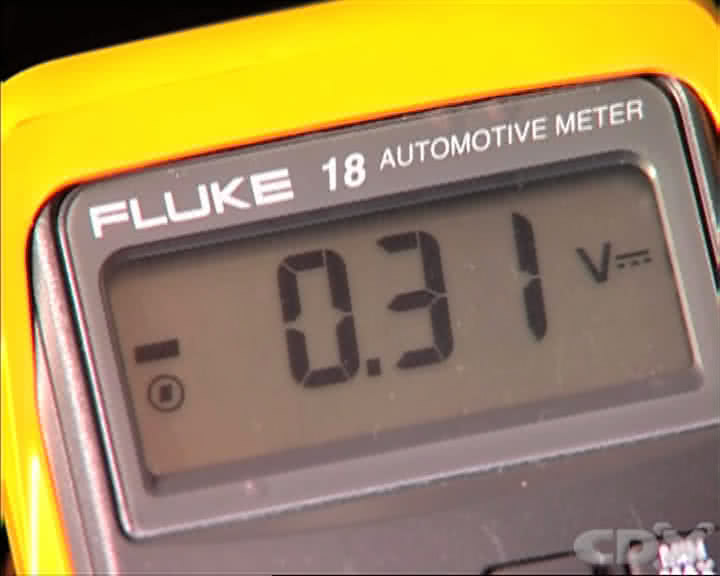
Remove Excess Brake Fluid
Use an old hydrometer or similar device to suck out the contaminated fluid from the master cylinder reservoir. Place the discarded brake fluid into a container that can be disposed of in an environmentally friendly manner.
NOTE: If fluid is spilt on paint work, wash off immediately with cold water, do not wipe.
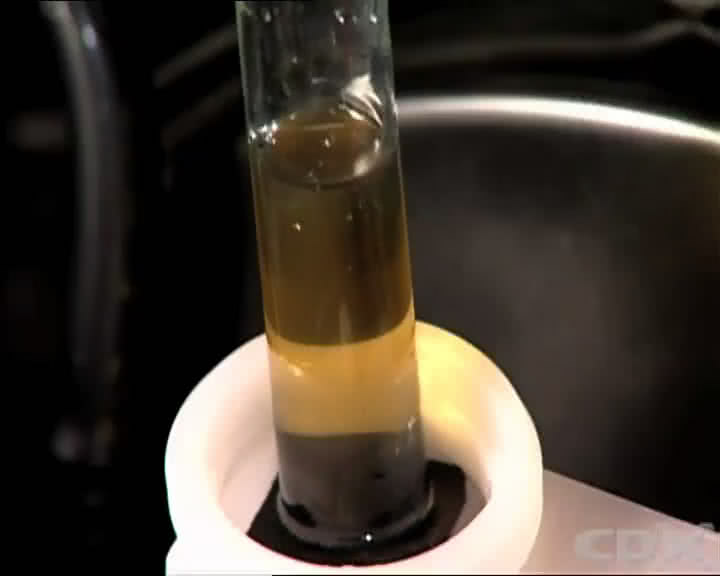
Top Up New Fluid
Top up the master cylinder reservoir with clean fluid until it reaches the full line. Close the brake fluid container as quickly as possible to prevent contamination and evaporation of fluid.
NOTE: If fluid is spilt on paint work, wash off immediately with cold water, do not wipe.
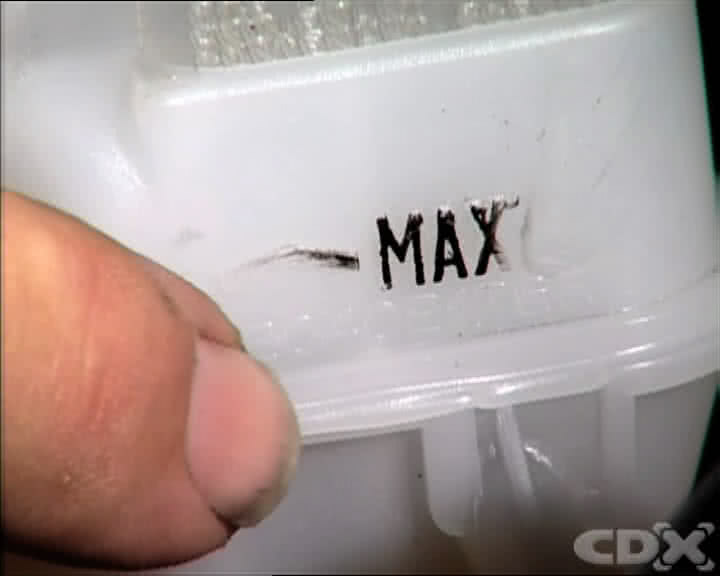
Manually Bleed The Brake System
Safely jack the vehicle up.
Open the bleeder screw that is farthest from the master cylinder and ask an assistant to slowly push the brake pedal down.
With a clear bleeder hose inserted into a jar you can observe the air bubbles coming out. Close the bleeder screw off and have your assistant slowly release the pedal. Continue this process until there are no more bubbles coming out of the bleeder screw and the new brake fluid is present. Close off the bleeder screw and tighten it to the manufacturer’s specifications.
Repeat this process for each of the bleeder screws, moving closer to the master cylinder.
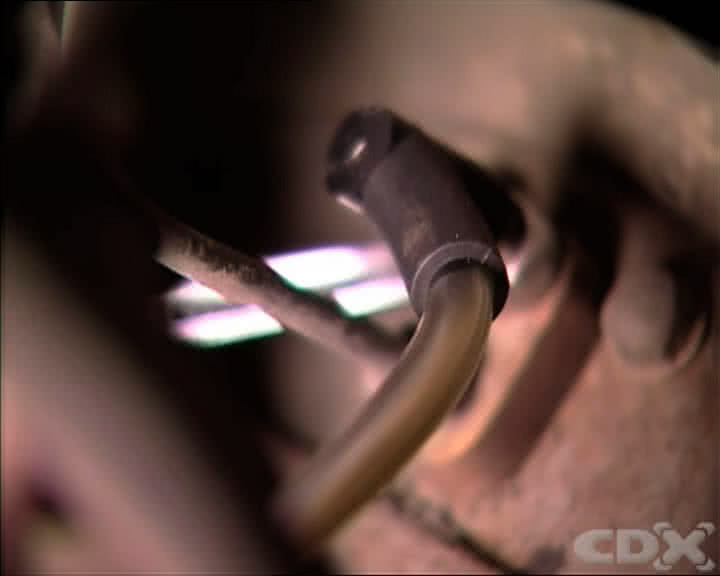
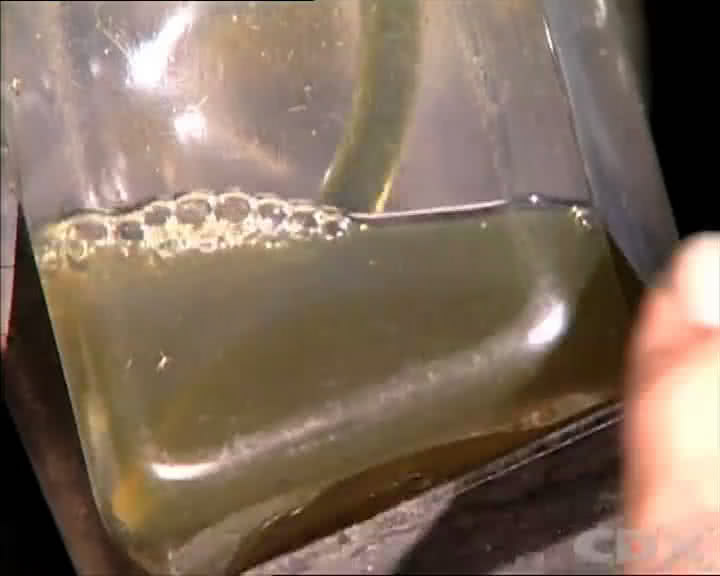
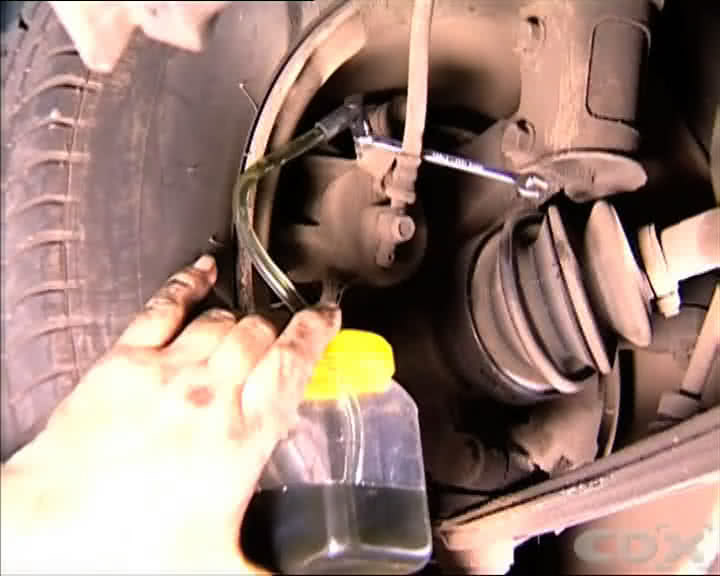
Inspect & Test
Check carefully to ensure each of the bleeder screws have no leaks and the bleeder screws are closed correctly. A simple way of doing this is to ask the assistant in the vehicle to place their foot on the brake pedal as if they were applying the brakes whilst driving normally.
Now you can check all the bleed points and hose connections for leaks whilst the assistant is maintaining pressure on the system, and any fluid that could be leaking as result of a loose joint in the components.
After you are satisfied all is correct, lower the vehicle.
Carry out a final check for leaks around the master cylinder or bleeder screws. Replace the master cylinder cover and check to see it is fully seated. Dilute any brake fluid which may have spilt with fresh, clean water. Now it is time to double check the brake system pressure, fluid levels and visual signs of leaks.
The final test means taking the vehicle for a drive to ensure the integrity of the braking system.
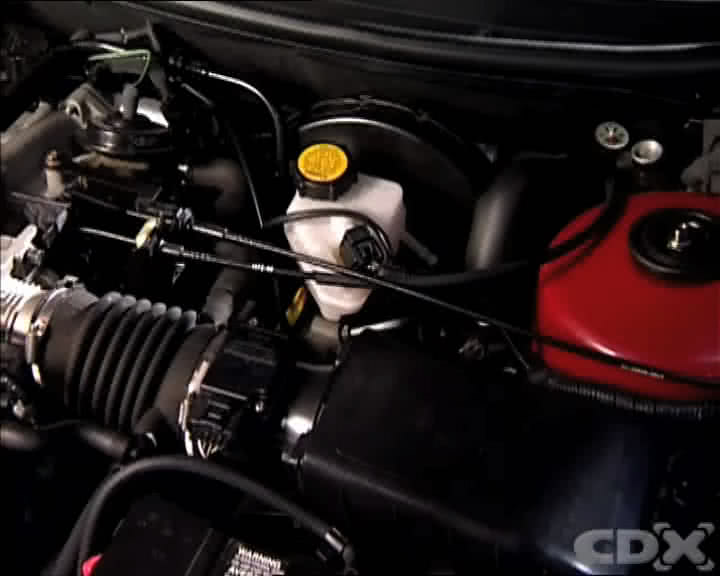
Tips
- Have a friend volunteer as your assistant to help get the job done properly
- Always use fresh brake fluid from a sealed container and ensure you use the correct DOT specification number for your vehicle
- A brake pedal that continually creeps toward the floor while you are stationary indicates a problem with the hydraulic system (such as an air bubble, leaking internal seal or an external leak)
- If the brake pedal becomes hard to depress, check for vacuum leaks around the hose that connects to the brake booster canister.
- Most problems within a hydraulic system are caused by contaminants in old brake fluid, which pulls water out of the air, and can corrode metals and destroy the rubber seals
*Important information* - Click here to read more about our How-To terms and conditions.